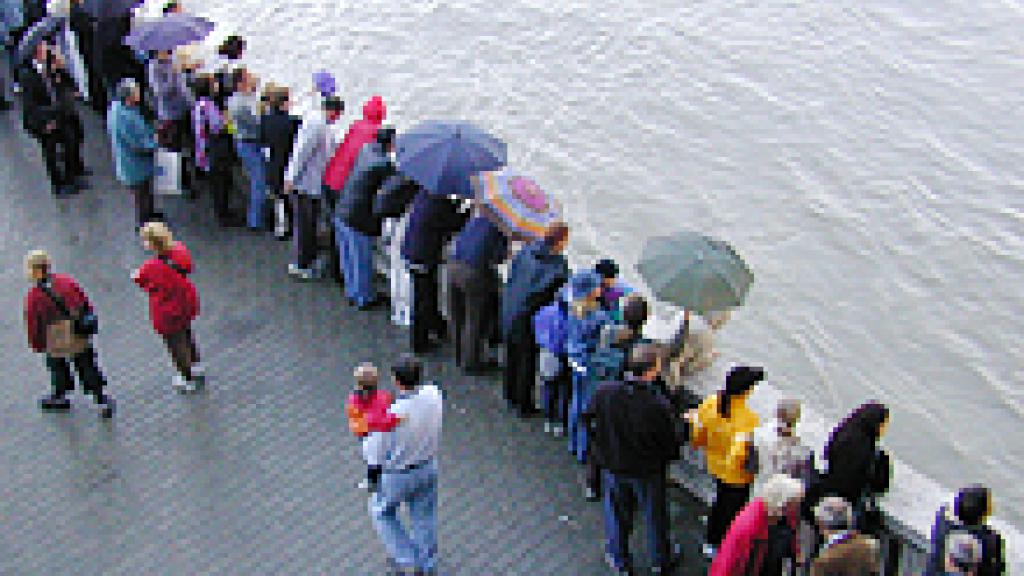Floods
Floods are natural phenomena. They can, however, turn into disasters causing widespread damage, health problems and even deaths. This is especially the case where rivers have been cut off from their natural floodplains, are confined to man-made channels, and where houses and industrial sites have been constructed in areas that are naturally liable to flooding.

Floods have helped to shape natural landscapes, habitats and ecosystems in floodplains, wetlands and other lowlands. They are impossible to prevent altogether, although measures may be taken to reduce their frequency and the damage they cause.
Increased peak flood flow occurs where rivers have been cut off from their natural floodplains, are confined to a man-made channel, and where houses and industrial sites have been constructed in areas that are naturally liable to flooding. Changes in land use in rural and urban areas can also worsen floods or their effects.
The impacts of major floods in Europe may increase considerably in the future, since society is becoming more vulnerable to the damage and disruption caused by floods, and because floods may become more serious and more frequent due to climatic changes.
Major flood events in the Danube River Basin of the recent past occurred in 2002, 2005, 2006, 2009, 2010, 2013 and 2014.
The very cold weather in January/February 2017 caused the ice drifts, which aggregated into ice jams along the entire length of the Danube. Fortunately, the low water conditions prevented occurrence of flooding and the contingency measures ensured that no casualties were reported during that event and damage and disruption were kept to a minimum.
The sustainable management of flood risks is one of the key areas in which the ICPDR is active; you can learn more about this in our flood risk management section.





